Differences Between Natural And Synthetic Moulding Sands
2021-09-25T13:09:58+00:00
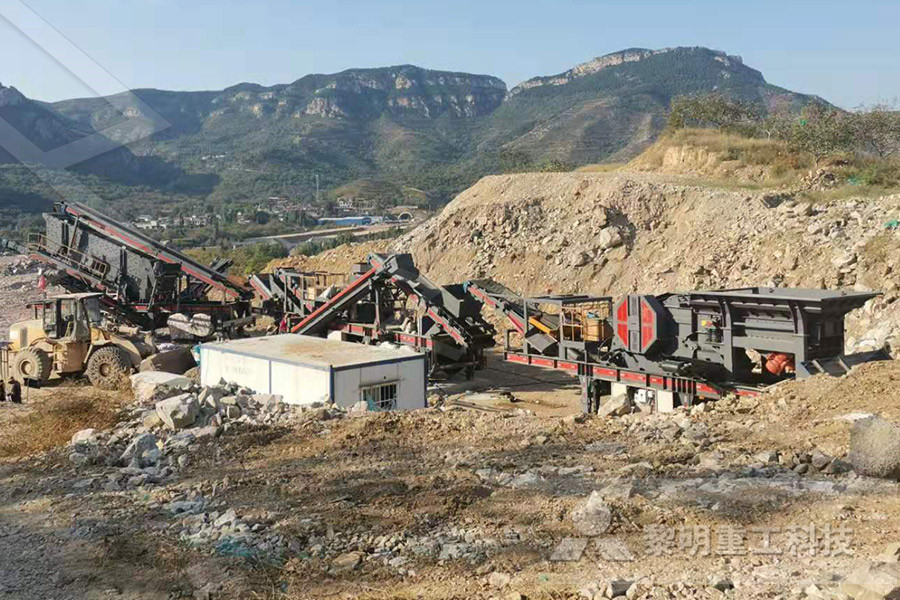
differnces between natural and syntheti molding
differences between natural and synthetic moulding sands Molding Sand – Casting FAQMolding SandMolding sand is more than just sand Whatis the difference between differences between natural and synthetic moulding sands Molding Sand Constituents Types and Properties Feb 04 2016 Natural molding sands contains sufficient amount of binder material Whereas synthetic molding sands are prepared artificially using basic sand molding constituents (silica sand in differences between natural and synthetic moulding The Moulding sand is also known as foundries sand, this sand is commonly used for making moulds Natural sand located on the bed and banks of rivers gives a larger source, although highquality silica sand is also mined8 Different Types of Moulding Sand with Their
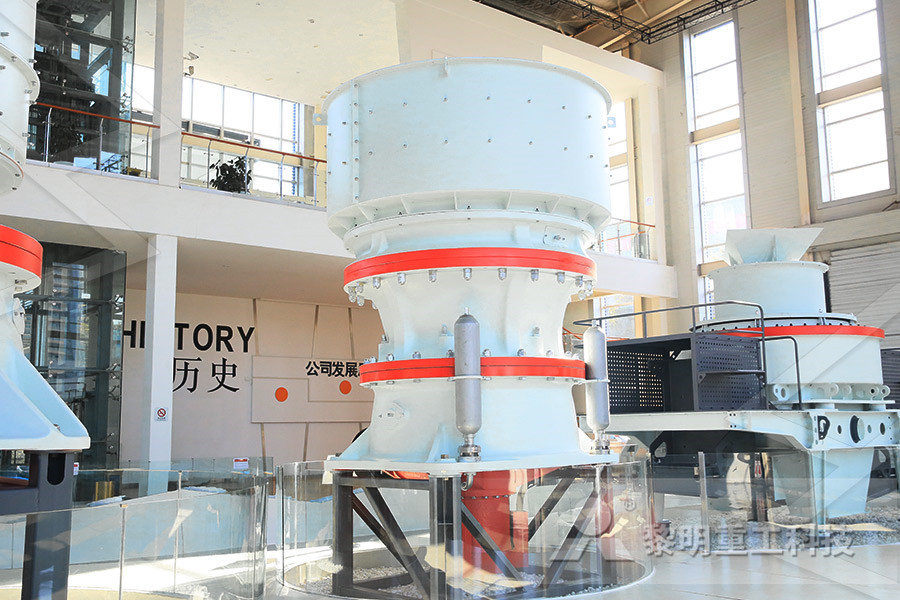
natural and synthetic sand netwerkoostkampbe
Natural and Synthetic Skincare Products: Which is your best bet is to first decide where you stand when it comes to natural Get price What are the Differences between Artificial Sand and 18/4/2020Natural sand is produced by natural forces, such as river sand, sea sand, and mountain sand Whereas synthetic molding sands are prepared What are the differences between artificial sand and natural sand? 1 Stable supply Due to years of exploitation, natural sand has become less and less With soaring prices, the supply and quality of natural sand are not guaranteed However, there are too many artificial sand resources And it can produce artificial sand as long as there is stoneWhat are the Differences between Artificial Sand and Natural molding sands contains sufficient amount of binder material Whereas synthetic molding sands are prepared artificially using basic sand molding constituents (silica sand in 8591%, binder 611%, water or moisture content 28%) and other additives in proper proportion by weight with perfect mixing and mulling in suitable equipment’s 1Molding Sand: Constituents, Types and Properties
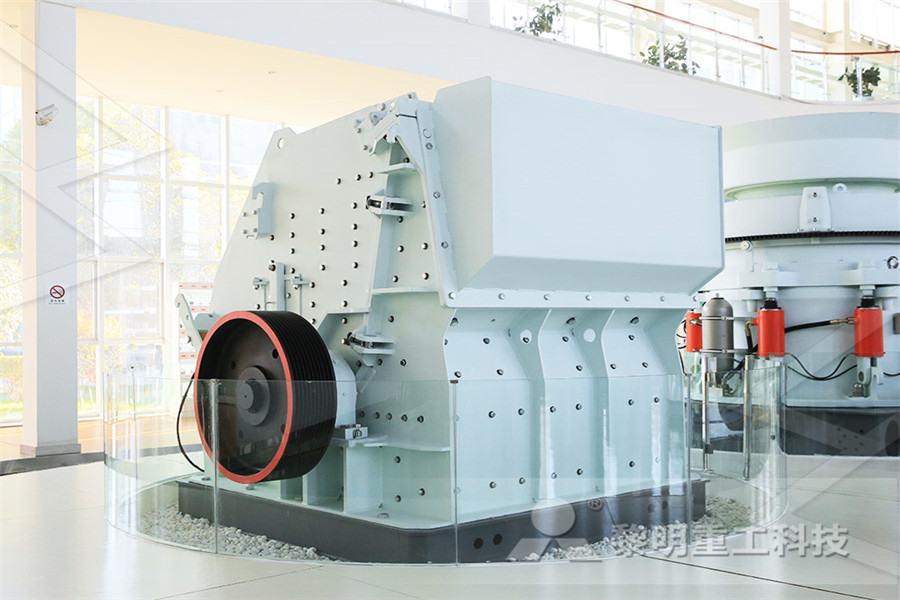
SAND, SAND ADDITIVES and SAND PROPERTİES
Synthetic Sands ` A synthetic sand consists of natural sand with or without clay, binder and moisture ` The organic matter is not present in synthetic sand ` Synthetic sand is a formulated sand, formulation is done to impart certain desired properties not possessed by natural sand Natural vs Synthetic Fibers Fibres are materials like unit threads, or more correctly, like hair which has a continuous filamentous nature These can be spun into stronger threads and ropes or can be made into other structures such as sheets or paper Difference Between Natural and Synthetic Fibers As natural wood has 2 different kinds it depends a lot on the wood species and also the manufacturer who process the wood in good condition These are just a few points on WPC and natural woodThe Difference between Natural Wood and Wood
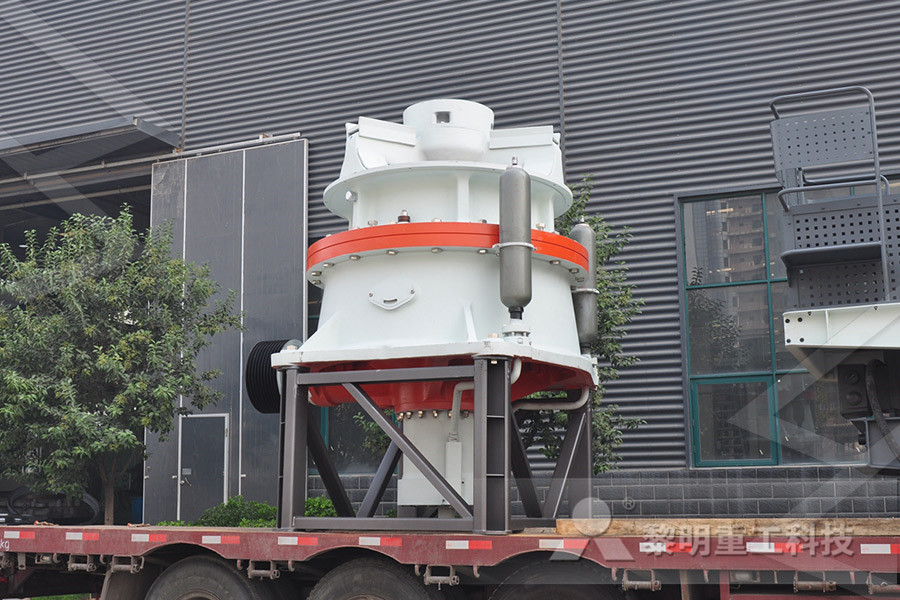
Thermoplastic moulding of regenerated silk Nature
c, Comparison of the mechanical properties of the bulk silk materials with other natural and synthetic structural materials 48,49 CP, Cristaria plicata d , DSC curves of the silk plates differences between natural and synthetic moulding sands Molding Sand Constituents Types and Properties Feb 04 2016 Natural molding sands contains sufficient amount of binder material Whereas synthetic molding sands are prepared artificially using basic sand molding constituents (silica sand in differences between natural and synthetic moulding Natural molding sands contains sufficient amount of binder material Whereas synthetic molding sands are prepared artificially using basic sand molding constituents (silica sand in 8591%, binder 611%, water or moisture content 28%) and other additives in proper proportion by weight with perfect mixing and mulling in suitable equipment’s 1Molding Sand: Constituents, Types and Properties
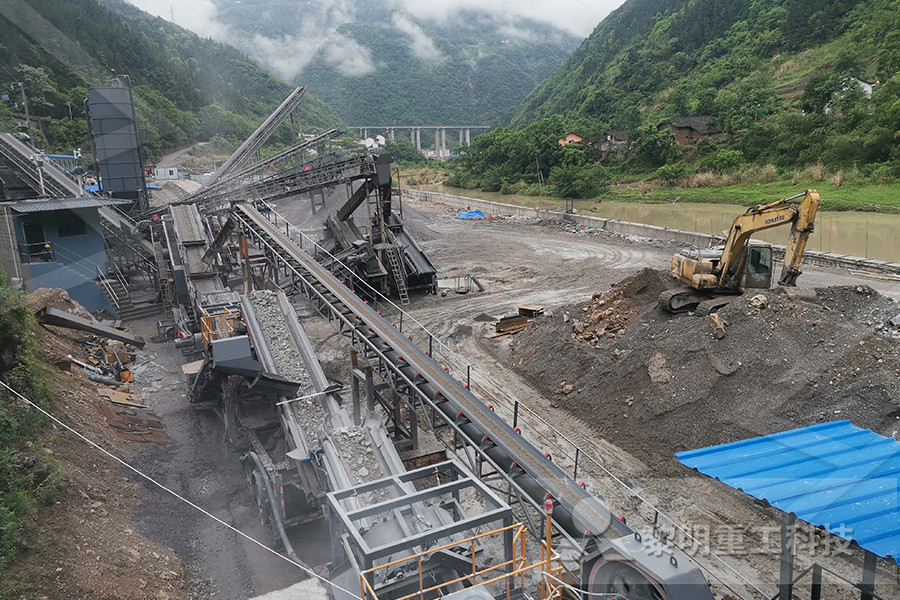
Archive of SID
natural or synthetic (as in Table 1) Special sand moulding processes have been developed to enable moulding with less effort and skill, saving time and expenses, produce better quality moulds and cores and effectively help in improving productivity [1] Generally, these processes eliminate the need for drying or baking of moulds and cores and The sand in its natural or moist state is called green sand It is also called tempered sand It is a mixture of sand with 20 to 30 percent clay, having total amount of water from 6 to 10 percent The mould prepared with this sand is called green sand mould, which is used for small size casting of ferrous and nonferrous metalsmechanical engineering: Moulding sand properties The diameter of grains range between 006mm and 20mm in size and vary in shades of brown, orange and down to white in colour Sand provides bulk, strength and other properties to construction material, helping make asphalt and concrete and Which Sand Do I Need? SoilWorx
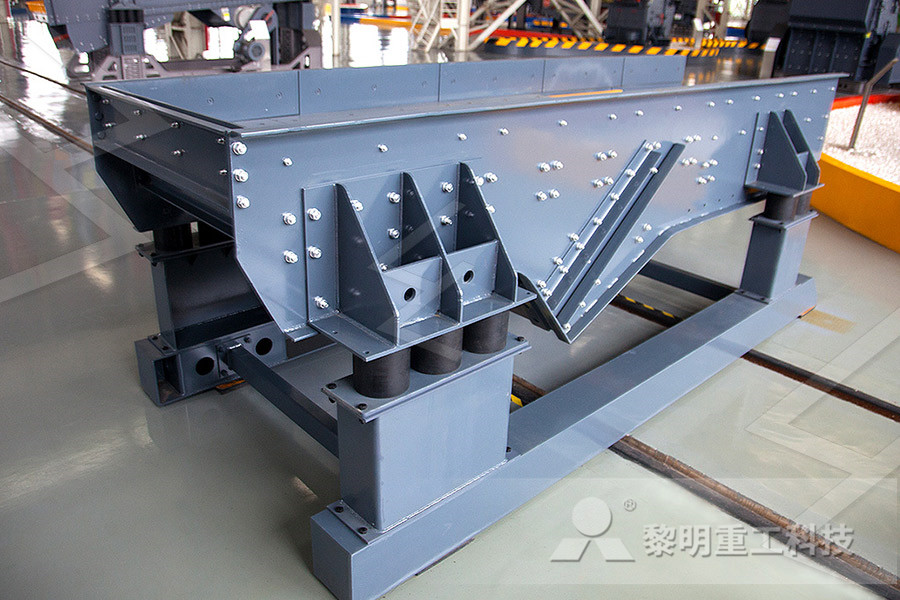
Evaluation of potential applications of recycled
1 Introduction The Polish foundry engineering sector typically uses about 1 million tons of goodquality natural silica sandsSilica sand acts as the quartz matrix and when mixed with other substances (binders, hardening agents and organic admixtures), the sand is used for preparing the moulding mix to obtain moulds and cores required for casting operations Forging: The work piece is compressed between two opposing dies so 02 02 ½ marks (Any Four) 02 17402 MAHARASHTRA STATE BOARD OF TECHNICAL EDUCATION What are the important properties of moulding sand i) Cohesiveness or (strength) of sand, ii) Permeability (Porosity)17402 msbteengginfowebsiteKeywords: Environment Protection, Moulding Sands, Synthetic Resins, BTEX, Thermal Decomposition A R C H I V E S o f F O U N D R Y E N G I N E E R I N G V o l u m e 1 3 , I s s u e 2 / 2 0 1 3 , 8 (PDF) Investigations of the Temperature Influence on
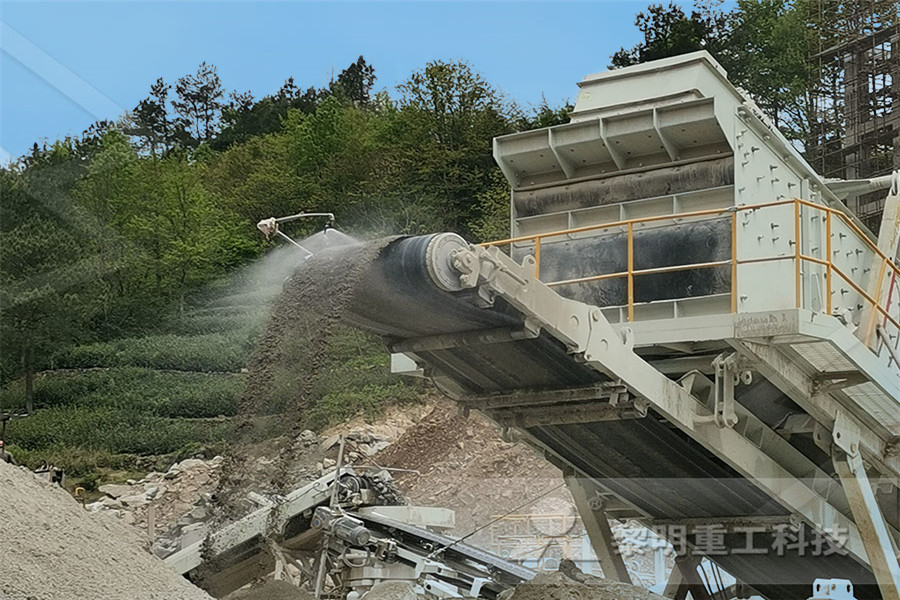
Phenolic Novolac And Resol Resins Phenolic
The initial reaction is between methylene glycol and phenol take special advantage of the dimensional stability of phenolic molding compounds are natural gas valves, automotive brake pistons, pulleys, and hydraulic and water pump housings and seals Proprietary proppant sands made with Plenco resins continually improve petroleum yields Uses Benefits Pure titanium dioxide is a fine, white powder that provides a bright, white pigment Titanium dioxide has been used for a century in a range of industrial and consumer products, including paints, coatings, adhesives, paper, plastics and rubber, printing inks, coated fabrics and textiles, as well as ceramics, floor coverings, roofing materials, cosmetics, toothpaste, soap Titanium Dioxide Use, Benefits, and Chemical Safety Differences between Sand Production Line and Stone Production Solution Line Crushing Equlpment Industrial Mill Back to New Products CONSTRUCTION EQUIPMENT Wheelmounted Mobile Crusher combination mLearn More; Differences Between Natural And Synthetic Moulding Sandsdifference between manufacture sand and natural sand
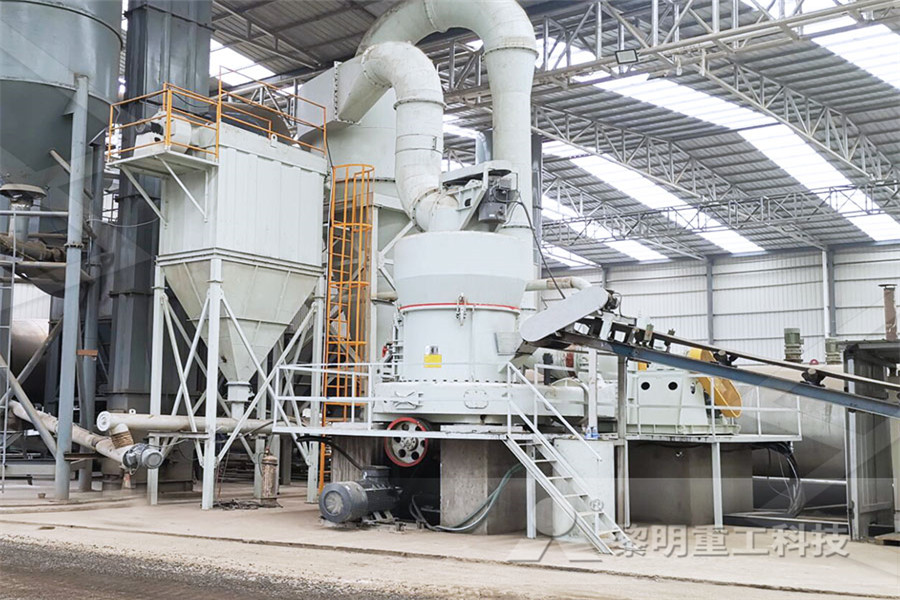
mechanical engineering: Moulding sand properties
The sand in its natural or moist state is called green sand It is also called tempered sand It is a mixture of sand with 20 to 30 percent clay, having total amount of water from 6 to 10 percent The mould prepared with this sand is called green sand mould, which is used for small size casting of ferrous and nonferrous metals 39 What are types of moulding sand? Green sand, Dry sand, Synthetic sand, Loam sand, Special sand, parting sand 40 Write the composition of good moulding sand Green sand: It contains 5 to 8% water and 15 to 20% clay Loam Sand: Loam sand is a mixture of fine sands, fine refractoriness, clay, graphite fiber and waterManufacturing technology summaryplanetSynthetic resin refers to a resin product obtained by chemical synthesis of simple organic matter or chemical reaction of certain natural products synthetic resin is a kind of synthetic polymer under the action of external force it can be in a plastic flow state and some properties are similar to natural Synthetic Resin Sand, Hot Products Eurocentrum Bistro
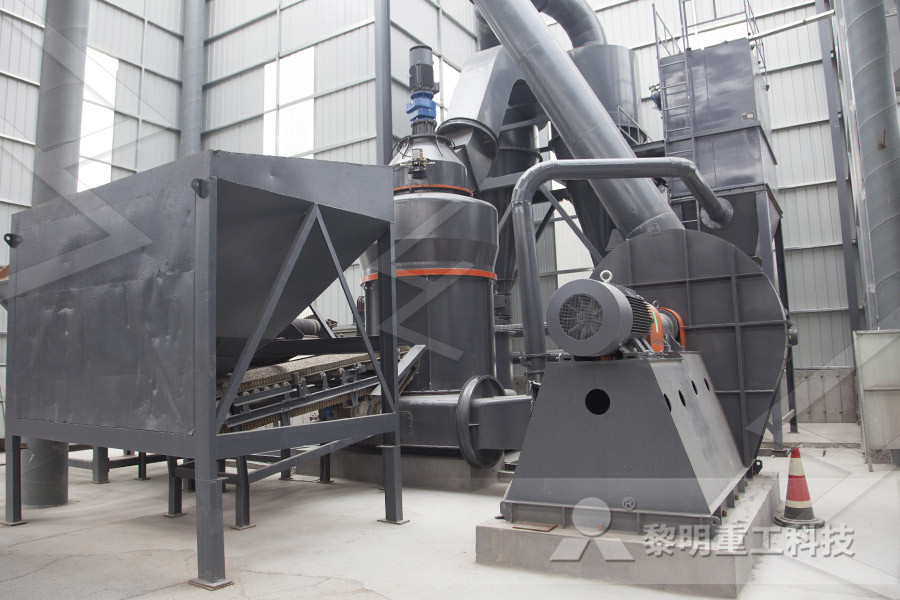
How to Choose the Right Sandpaper Grit and Type
Sandpaper isn’t made of sand, of course, but rather it consists of fine particles from either natural or synthetic sources The particles (also known as grains or grit) are sifted through Drywall mud, also called joint compound, is a gypsumbased paste used to finish drywall joints and corners in new drywall installations It's also handy for repairing cracks and holes in existing drywall and plaster surfaces Drywall mud comes in four basic types, and each has its advantages and disadvantages You may choose one type for your project or use a combination of compounds for the Choosing the Best Type of Drywall MudThe loss on ignition is the difference between the remaining dry moulding sand (after binding), and the remaining sand after roasting [17] In compliance with norm BN70/402415 [18] the LOI test for moulding sand has been conducted for 1 g of moulding sand after is has been dried at 105oC (or any otherImpact of Higher Temperature on Quartz Moulding Sand
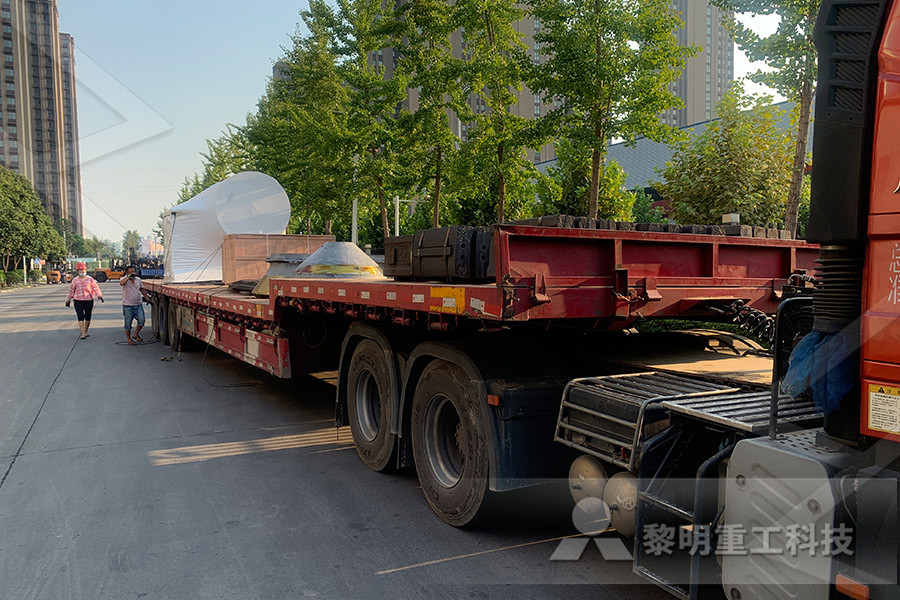
ENERGY PRODUCT DEFINITIONS United Nations
natural gas The oils may be divided into two groups: (i) oils for transformation (eg, synthetic crudes extracted from extra heavy oils, oil sands, coal and oil shale); and (ii) oils for direct use (eg, emulsified oils such as orimulsion and GTL liquids) Before the 2012 publication, other Hi Floyd, I agree with you that the distinction between natural plasters and portland cement can seem a little arbitrary It can be said that natural plasters are dug out of the ground and burned asis, which may result in hydrated lime, hydraulic lime, or natural cement depending on the composition of the stone and combination of impurities within itBinders part 2: gypsum and lime – The Sustainable ceramic production: Natural and synthetic raw materials, shaping methods, drying and firing of ceramic articles Effect of processing on the development of microstructures and properties Examples of ceramics selected from the major groups of triaxial whitewares, electrical ceramics, magnetic ceramics, refractories,Course Descriptions Department of Metallurgical and
high quality crusher parts california
hp ne crusher high amp draw
penjualan crusher dampak panas
produsen jaw crusher di maharashtra al russian
high performance bowl and mantle for ne crusher
crushed granite and sandstone wall
Iron Ore Pellet Plant Recruitment
types of crusher plant in cement unit
dry grinding and wet grinding india
jigging machine for sale
vortex gravel pump for sale
ultra grinder customer care number
mining crusher no power to engine
stone hammer crusher machine price quot
small scale manganese plant south africa
job description of stonecrusher plant manager
ore iron ore impact crusher provider in malaysia
vibrating screen for iron sand
rock crushers and screeners
limestone crushing lombia
used portable granite crusher
project of mini stone crusher plant
Universal Super Rock Jaw crusher
a traceable process of solid minerals
ponmani wet grinders
public view of machinery
brown lenox jaw crusher price
largest cement mill in the world
mining used hydrocyclone
gold mine equipment in malaysia









